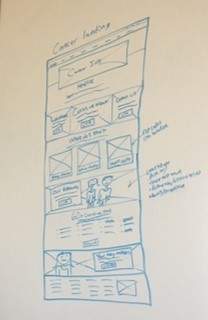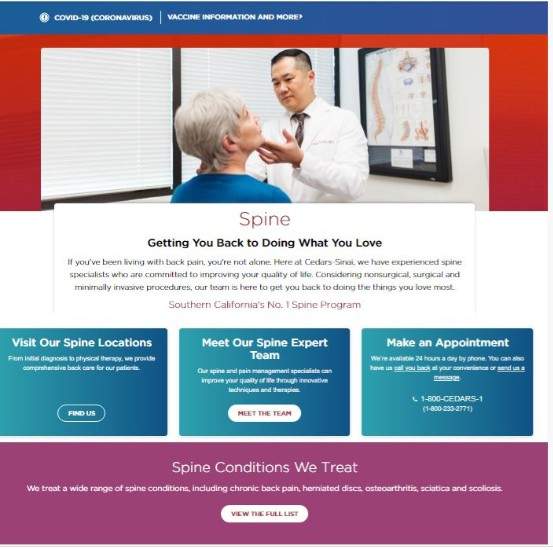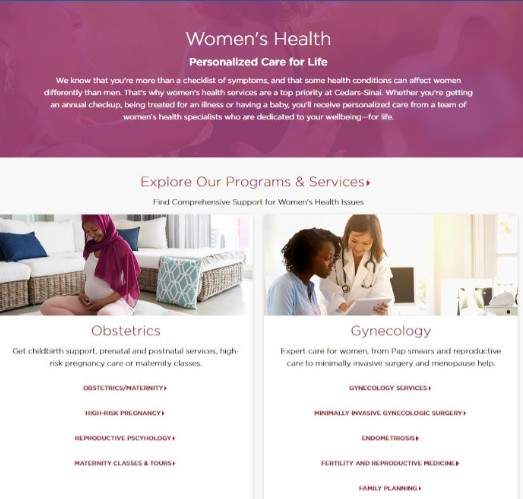Human-Centered Messaging for Digital Care
The Ask
Client: Leading U.S. Healthcare System (Name Confidential)
Role: Content Strategist (functioning at ACD Copy level)
The ask was straightforward: rewrite the content for digital care.
But the real goal was to shift the experience—so every page felt clear, trustworthy, and human.
The Real Problem
The health system needed to rewrite content for its digital care platform. But the issue wasn’t just the words. It was the way people experienced care.
The existing content was disjointed and heavy. Patients didn’t understand their options. Providers didn’t know how to explain the services. Teams across specialties were using different language for the same experience.
The result?
Confusion, frustration, and a lack of trust.
This was a chance to reframe digital care as an everyday choice, not a last resort.
The Thinking Behind the Story
Digital health is full of jargon. Phrases like “virtual care,” “digital front door,” and “omnichannel experience” often show up in internal decks but rarely make sense to patients or providers.
I came into this project with one goal:
Turn corporate language into human understanding.
This wasn’t just about simplifying content. It was about building a messaging foundation that could scale across an ecosystem and reflect real human needs, priorities, and friction points. I worked closely with clinical stakeholders, UX teams, and change management leads to understand what physicians cared about, where confusion lived, and what it would take to create alignment.
My approach focused on three things:
Clarity over cleverness — helping digital tools feel familiar and useful
Consistency at scale — building a flexible framework across use cases
Empathy first — making sure the message focused on the value, not just the features
What began as support for a OneDrive migration became a launchpad for deeper UX writing, voice definition, and content strategy across the entire digital care experience. This wasn’t just about introducing a tool. It was about building trust in a system that people depend on every day.
Voice with a Job to Do
I led the messaging strategy for urgent care, cancer, telehealth, and specialty services, working across SEO, design, and clinical SMEs to bring clarity, cohesion, and care to every page.
Reframed virtual care as a simple, approachable first step
Translated clinical terms into accessible, patient-first language
Created content that addressed real-life use cases and decision points
Established a consistent tone across specialties and entry points
Developed a scalable system for future content growth
Partnered with providers to ensure the messaging felt trustworthy and true
Wrote guidance for clinical teams on how to talk about digital care
Creative Impact
Increased readability and reduced content gaps
Improved consistency across the system
Helped patients feel more confident and informed
Enabled scalable reuse for faster implementation
Bottom Line
What started as a clinical rewrite became a creative opportunity to make care feel clearer, kinder, and more human.



